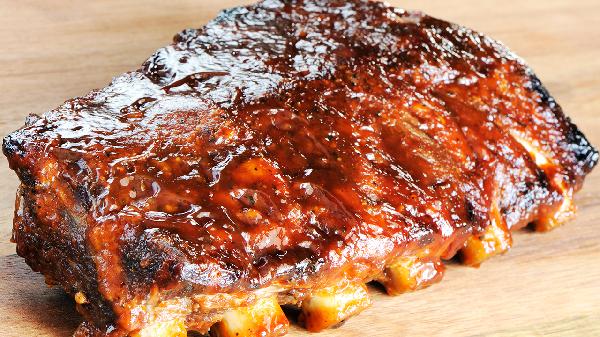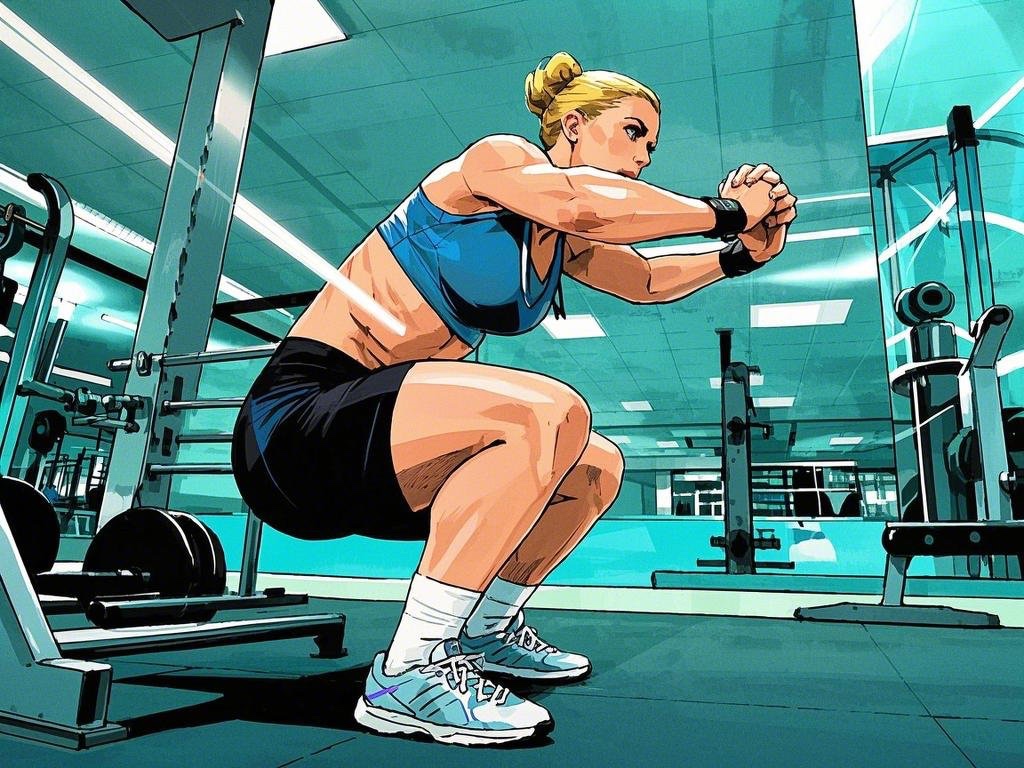Running isn't inherently bad for your joints or knees. But if you aren't diligent about warming up before a run and cooling down after, and if you make some very common mistakes, like overdoing it on mileage or speed, you may wind up injured or in pain. For instance, you may notice pain on the outside of your knee, sometimes referred to as runner's knee. This pain often stems from the iliotibial (IT) band.
Why the IT Band Gets Tight
The IT band is a thick band of fibrous tissue that runs from your hip down to the outside of your knee. It’s not a muscle, so you can’t technically "stretch" it—but you can release tension in the surrounding muscles that pull on it. When the IT band gets tight or inflamed, it can rub against the knee joint, causing that sharp, nagging pain runners know all too well. Common culprits behind IT band tightness include ramping up mileage too quickly, weak hip muscles (especially the glutes), poor running form, or even something as simple as running on uneven terrain.
Stretch 1: Standing IT Band Stretch
This classic stretch targets the outer thigh and hip, helping to loosen up the muscles connected to the IT band. Stand tall, cross your right leg behind your left, then lean your upper body to the left until you feel a stretch along the outside of your right leg. Hold for 20-30 seconds, then switch sides. For a deeper stretch, raise your right arm overhead as you lean. Just don’t bounce—smooth, controlled movements are key here. If you’re feeling extra tight, repeat this stretch a couple of times on each side.
Stretch 2: Foam Rolling the IT Band
Okay, let’s be real—foam rolling the IT band isn’t exactly a walk in the park. It can be pretty uncomfortable, especially if you’re dealing with serious tightness. But it’s one of the most effective ways to release tension in the area. Lie on your side with the foam roller under your outer thigh, just below the hip. Use your arms and opposite leg to slowly roll from just above the knee up toward the hip. If you hit a particularly tender spot, pause and take a few deep breaths before continuing. Pro tip: Keep your core engaged to avoid arching your back, and don’t roll directly over the knee joint.
Stretch 3: Figure-Four Stretch
This stretch is a sneaky way to hit the glutes and outer hip, which play a big role in IT band health. Lie on your back, bend your knees, and place your right ankle over your left thigh just above the knee. Then, thread your hands behind your left thigh and gently pull it toward your chest. You should feel a deep stretch in your right hip and glute. Hold for 20-30 seconds, then switch sides. If you want to level this up, try it seated in a chair for a more accessible version.
Prevention Is Better Than Treatment
While these stretches can help relieve IT band pain, the best approach is to prevent it from happening in the first place. That means gradually increasing your mileage (no more than 10% per week), strengthening your hips and glutes with exercises like clamshells and lateral band walks, and making sure your running shoes aren’t worn out or the wrong type for your gait. And hey, if you’re feeling persistent pain despite stretching and strength work, don’t tough it out—see a physical therapist who can assess your form and give you personalized advice.
So next time you lace up for a run, take a few minutes to show your IT band some love. Your knees will thank you later.
























